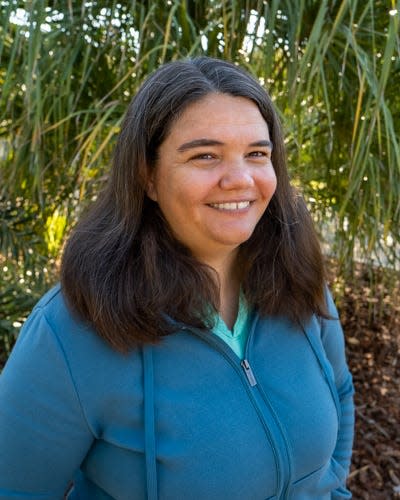You could be flushing money down the toilet


Older homes have their charm, and they can often be purchased for less than a newer one. However, maintaining them can be expensive, particularly when it comes to upgrading to today’s standards.
Invest in a new toilet, and it will pay for itself quickly. If your home was built prior to 1994, and your toilets have not been replaced, they likely use between 3 and 6 gallons per flush. In comparison, new WaterSense® certified toilets, which comprise most of the market, use 1.28 gallons per flush.
WaterSense® is an EPA administered program to educate the public on water conservation and promote water-saving products. A variety of products are certified by WaterSense®, including toilets, urinals, showerheads, faucets, sprinklers and irrigation system controllers. All products that have a WaterSense® label have been independently evaluated to ensure they use at least 20% less water than the industry standard and yet still effectively operate.
Think about how many times you use the toilet each day. Now multiply that over the course of a year. You can easily save thousands of gallons of water each year simply by changing out your toilet. Those gallons can add up to noticeable savings on your water and sewer bill over the long haul.
Concerned about how well these new toilets work? Low-flow toilets have come a long way since the ‘90s, but you can verify that a toilet will remove solids well by looking at the MaP score. MaP is short for “maximum performance” and is a voluntary program in which toilets are tested to see how many grams of simulated waste — soybean paste and toilet paper — can be completely expelled in one flush. It is independent of any manufacturer, so you can be assured that results are not biased toward one versus another. On the whole, MaP scores have been going up over time, averaging 2½ times as high in 2017 as in the early 2000s. You can check out your prospective toilets at www.map-testing.com.
An alternative to switching out your toilet for a more efficient one is to put something inside the tank to displace the water. For years, people have been putting bricks in their toilets to save water and money on utilities. We don’t recommend using bricks anymore, unless they are first placed in a sealed plastic bag. Otherwise, your toilet fills up with tiny brick fragments as it breaks down in the water. Some people use plastic bottles filled with water, rocks or sand instead. In any case, the object must not obstruct the flushing or filling mechanisms and must displace water between the high and low fill lines.
A leak between the toilet tank and the bowl also can waste considerable water. Curious if that’s the source of a leak in your home? Put a few drops of food coloring into your toilet tank. Wait about 10 minutes and come back to see if there is any food coloring in the bowl. If so, you have a leak and will need to replace your toilet flapper. Be sure you flush away the food coloring to avoid staining your toilet.
Your utility can help
Florida is facing a water shortage, and the utilities of Polk County are working with their customers to make saving water easier. They are offering rebates up to $100 on new WaterSense® toilets to replace old toilets from before 1994 that use at least 3.5 gallons per flush. Your toilet should have the gallons used printed on it, sometimes inside the tank. If you can only find the toilet model number, this can often help determine the water used per flush.
Utilities are also offering free water conservation kits to their customers. WaterSense® certifies other products as well, including shower heads and aerators for sinks. These kits include one or two shower heads, two-bathroom sink aerators, one kitchen sink aerator and toilet leak detection tablets. Used together, these can save more than 20 gallons per day.
Other water saving programs utilities are providing include free rain sensors, landscape and irrigation evaluations, and rebates on smart irrigation controllers. To find out which programs your utility is participating in and your eligibility, contact them directly or go to SavePolkWater.org or contact UF/IFAS Extension Polk County at 863-519-1041 or online at http://sfyl.ifas.ufl.edu/polk.
Beth Robertson is the water conservation program coordinator; UF/IFAS Extension Polk County. Contact her at bcrobertson09@ufl.edu.
This article originally appeared on The Ledger: A new toilet quickly pays for itself
